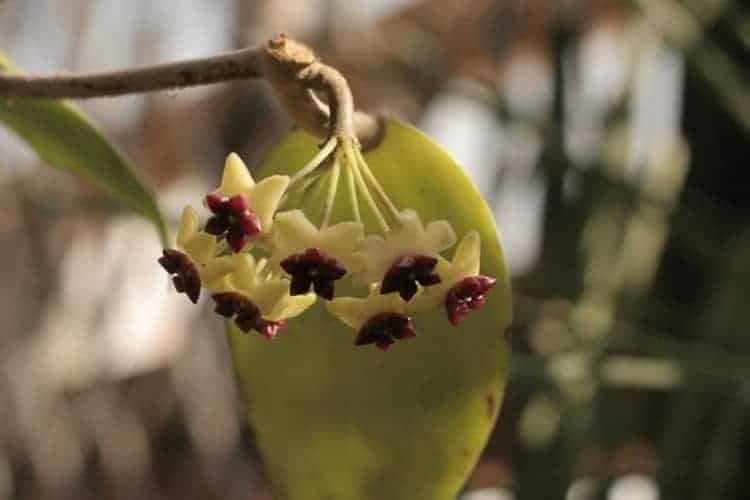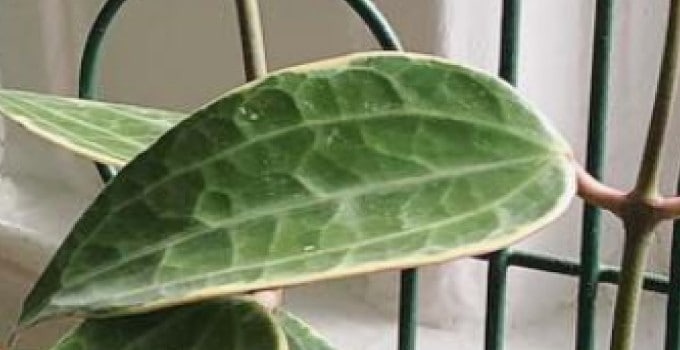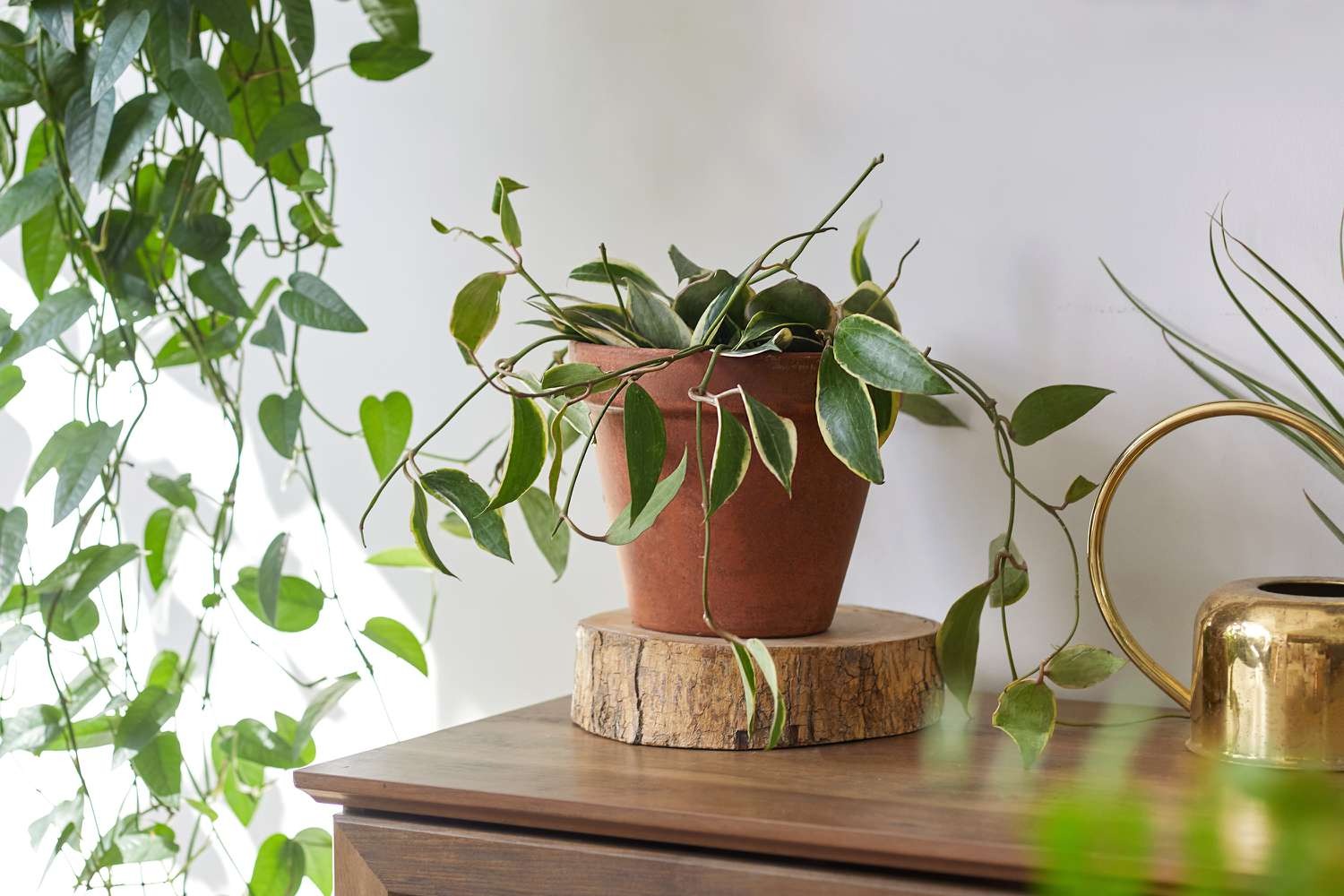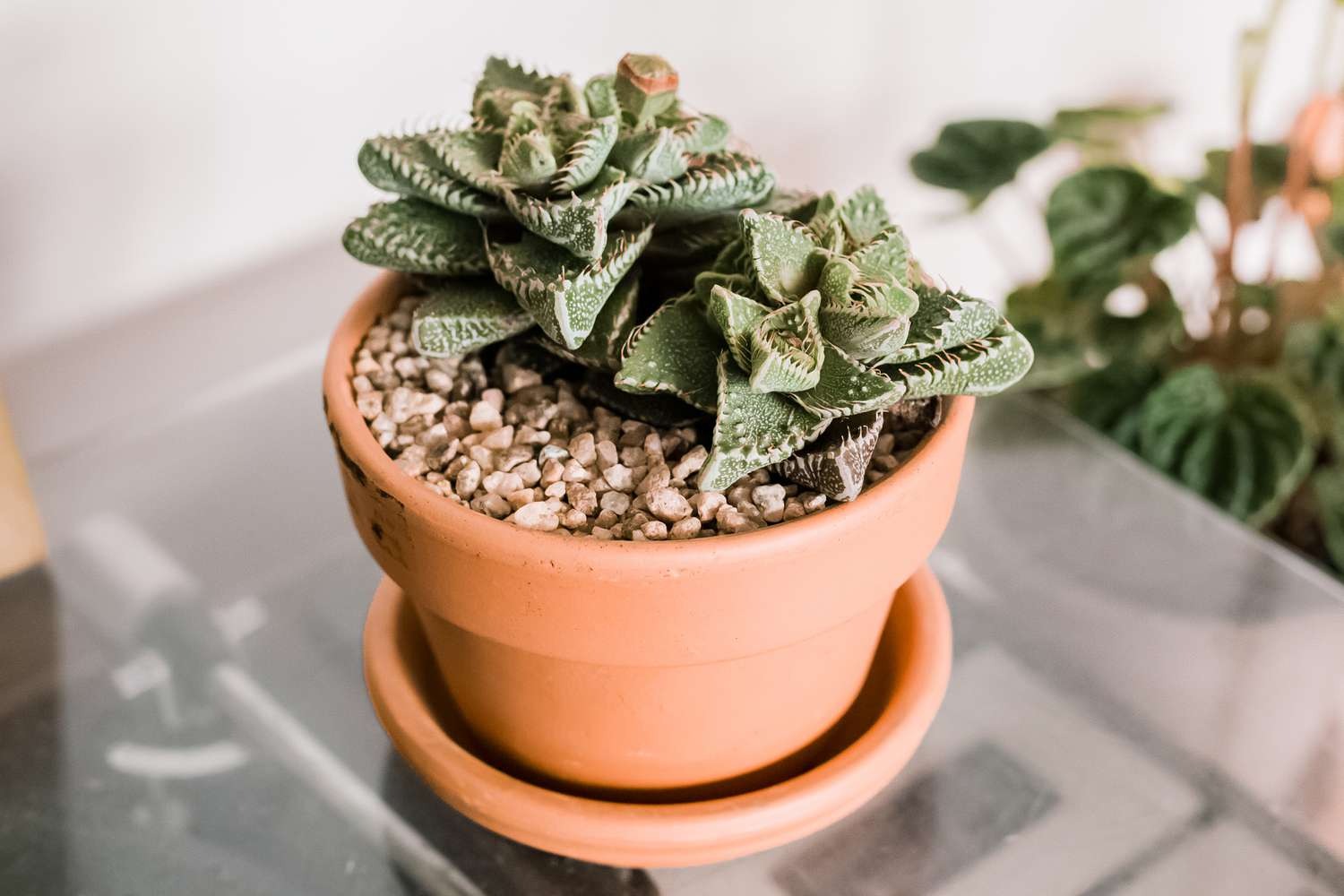Hoya macrophylla is a rare low-maintenance species of hoya with succulent trailing vines, large waxy leaves and, if you’re lucky, beautiful flowers.
This epiphytic or aerial plant can grow on other plants or surfaces, not only in the soil, obtaining nutrients and moisture from air vapor and debris on surfaces. It is ideal for hanging baskets or growing trellises.
What distinguishes this plant from other hoya species is the size of the leaves. They can reach at least 12 cm and have thick, raised, light green veins.
These slow-growing plants do not require as much watering or care as many tropical houseplants, but hoyas can still be difficult, and macrophylla is not so easy to find.
- Common name Wax Plant, Honey Plant
- Botanical name Hoya macrophylla or Hoya latifolia
- Family Apocynaceae
- Type of Perennial plant, Succulent, Vine
- Mature height up to 6 ft. Tall
- Full, Partial Sun Exposure
- Type of soil Well drained
- Soil pH Acidic, Neutral
- Flowering Period Summer
- Flower color White
- Hardiness Zones 9-11 (USDA)
- Region of Origin Asia
Hoya Macrophylla Care
Letting your plant climb on a trellis promotes more vigorous growth. Apart from that, offering a bright and warm position and an infrequent watering schedule should be enough to keep your Hoya macrophylla thriving for years to come.

Light
Do not place your Hoya macrophylla in a place that is constantly exposed to direct sunlight and you should be fine. A shelf a few meters from an east-facing window is an ideal place, because too much direct sunlight can burn the tips of the foliage. Your plant still needs light, so avoid a position in the shade to avoid a slender and drooping appearance.
Ground
It is easy to pick up a potting soil specially designed for hoyas. They are often slightly alkaline and always well drained. If you are making one, avoid acidic peat and choose a well-draining mixture (such as the one designed for cacti). Add one part of perlite and one part of orchid mixture. The addition of crushed eggshells provides a lot of calcium that these plants like.
Water
If you want to avoid finishing your Hoya macrophylla, remember that he does not like wet feet. Overwatering is the biggest problem for this plant and often leads to root rot. Let it dry completely before soaking it completely. This is the kind of plant that you can immerse in a tub of water to make sure it is evenly moist.
Temperature and Humidity
It should come as no surprise to learn that this tropical native appreciates warmth and humidity. Temperatures below 55 degrees Fahrenheit usually cause the plant to go dormant.
If you don’t keep your Hoya macrophylla in a hot and steamy bathroom, using a humidifier, misting regularly and keeping your plant on a tray with pebbles and water can help achieve the humid conditions that this plant enjoys.

The higher the humidity level, the greater the chances of your plant blooming.
Fertilizer
Fertilizing your Hoya macrophylla once a month during the growing season helps to keep these large leaves lush and healthy and increases the chances of flowering.
Cut
There are no high-maintenance pruning requirements for the Hoya macrophylla. You just need to remove unhealthy or dead stems and leaves.
Multiplication of Hoya Macrophylla
These plants can be propagated from cuttings of herbaceous stems in water or long-fiber sphagnum moss. Follow the steps below for a chance of success:
- Make a cut using a pruner or sharp sterile scissors—avoid budding tendrils that find it difficult to survive in the form of cuttings. The cutting should have at least three nodes (where the leaves were removed) and one to two more leaves at the top of the stem.
- Place the cutting in water (with the knots under the surface of the water and the leaves above) or cover the knots with wet sphagnum moss.
- Place the cup in a position where it will receive bright, indirect light. If you have concerns about the humidity level, place a bag around the cutting to retain moisture.
- Change the water once a week or keep the sphagnum moss constantly moist but not waterlogged.
- Once the roots of the cutting are more than 2 inches long (usually after two to three weeks), plant it in well-drained alkaline potting soil and return to the original position.
Repotting and Repotting of Hoya Macrophylla
You should not repot your slow-growing Hoya macrophylla epiphyte too regularly because these plants like to be slightly tied to the roots. Every two to three years, this is usually more than enough.
When repotting them, make sure not to opt for a pot that is too large, as this increases the chances of overdoing it with these water-sensitive plants. One that is about 2 inches longer is usually more than enough.
When removing the plant from its original pot, be sure to remove as much old soil as possible while trying not to break too many roots. Fill the pot with a well-draining mixture and water the plant before returning it to its original position.
How to make Hoya Macrophylla bloom
If you keep your plant healthy and happy, you may be lucky enough to appreciate the small white, pink, purple or red star-shaped flowers of a mature Hoya macrophylla. They usually don’t bloom until they are at least a few years old and are more likely to do so when they are root-bound, not over-watered and get the right amount of indirect light and moisture.

The flowers are usually odorless during the day. The smell that they give off at night will not be to everyone’s taste —some equate it with sweat, and others with hyacinths or sweet chocolate.
Do not be tempted to finish your stems, because, hopefully, flowers will appear on these stems again a few years after.
Common Problems With Hoya Macrophylla
Hoya macrophylla are not plants known to be plagued by problems, but there are a few things to watch out for.
Yellowing Leaves
Make sure that your plant has well-drained soil and that you do not overwater it to prevent the waxy, shiny foliage from turning yellow.
Brown Tips
While the Hoya macrophylla prefers bright and indirect light to maintain healthy foliage. If you expose it to too much direct sunlight, you will begin to notice the tips of the brown and burning leaves.
Curling Sheets
To prevent your plant from developing unsightly curly leaves, be careful not to overwater or underwater and avoid dramatic temperature changes.




